This may be the biggest turtle that ever lived
This jaw-droppingly huge specimen is the largest known complete turtle shell on Earth.

An 8-million-year-old turtle shell unearthed in Venezuela measures nearly 8 feet (2.4 meters) long, making it the largest complete turtle shell known to science, a new study reported.
This shell belonged to an extinct beast called Stupendemys geographicus, which lived in northern South America during the Miocene epoch, which lasted from 12 million to 5 million years ago.
S. geographicus weighed an estimated 2,500 lbs. (1,145 kilograms), almost 100 times the size of its closest living relative, the Amazon river turtle (Peltocephalus dumerilianus), and twice the size of the largest living turtle, the marine leatherback (Dermochelys coriacea), the researchers wrote in the study.
Related: Photos: These animals used to be giant
Its impressive shell makes this ancient creature "one of the largest, if not the largest turtle that ever existed," study senior researcher Marcelo Sánchez-Villagra, the director of the Paleontological Institute and Museum at the University of Zurich, said in a statement.
The species likely achieved its colossal size thanks to the warm wetlands and lakes in its habitat, Sánchez noted.
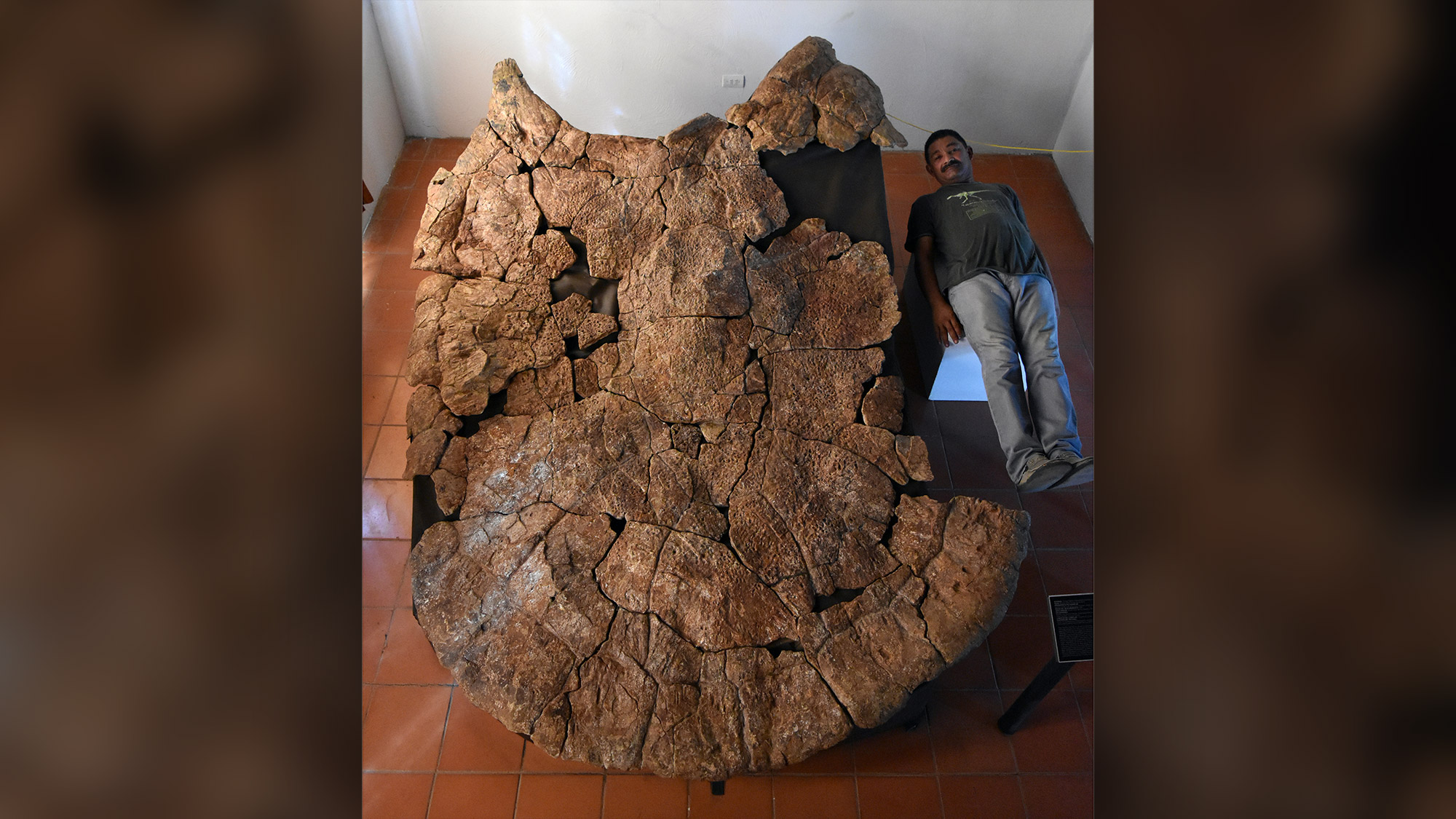
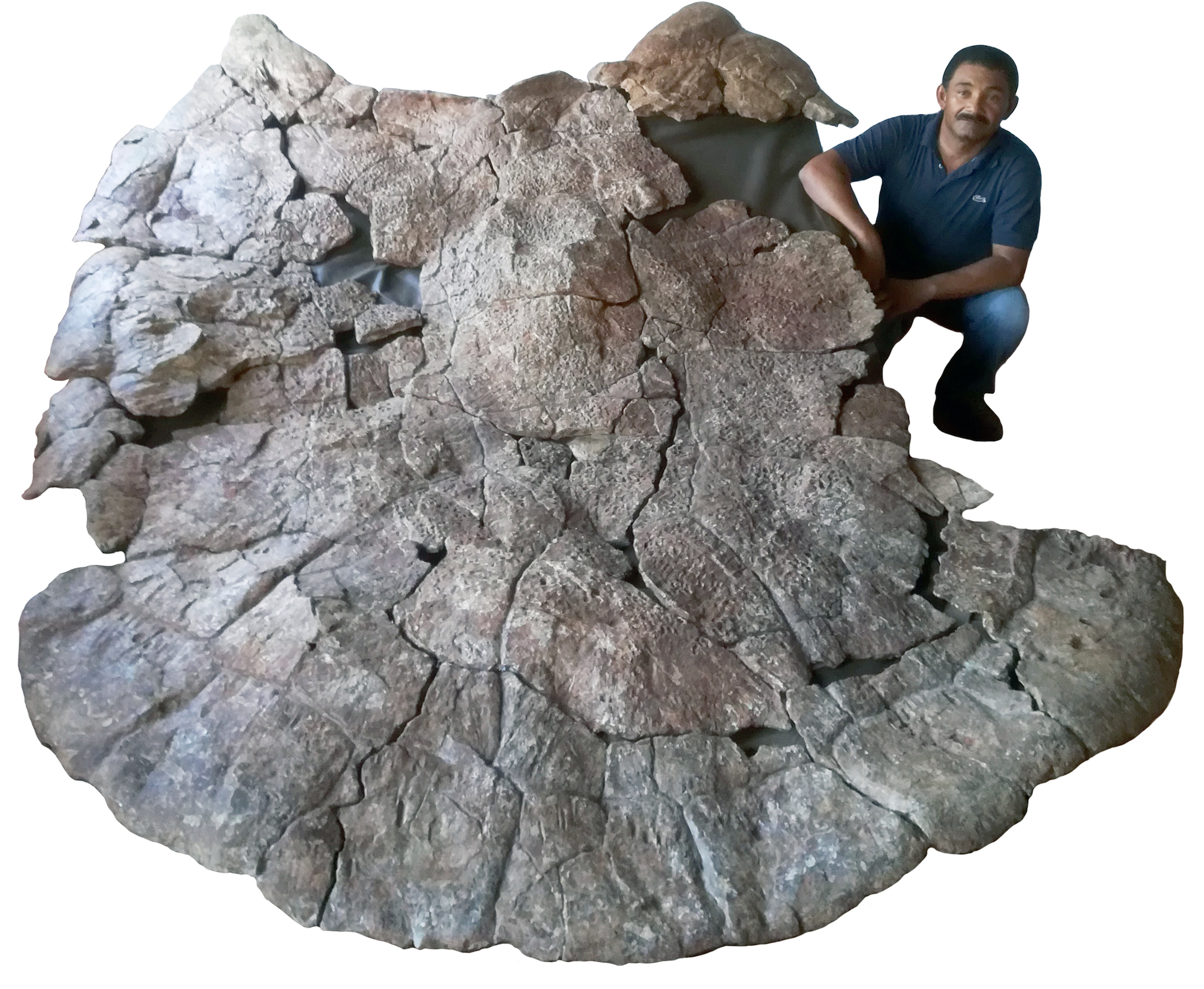
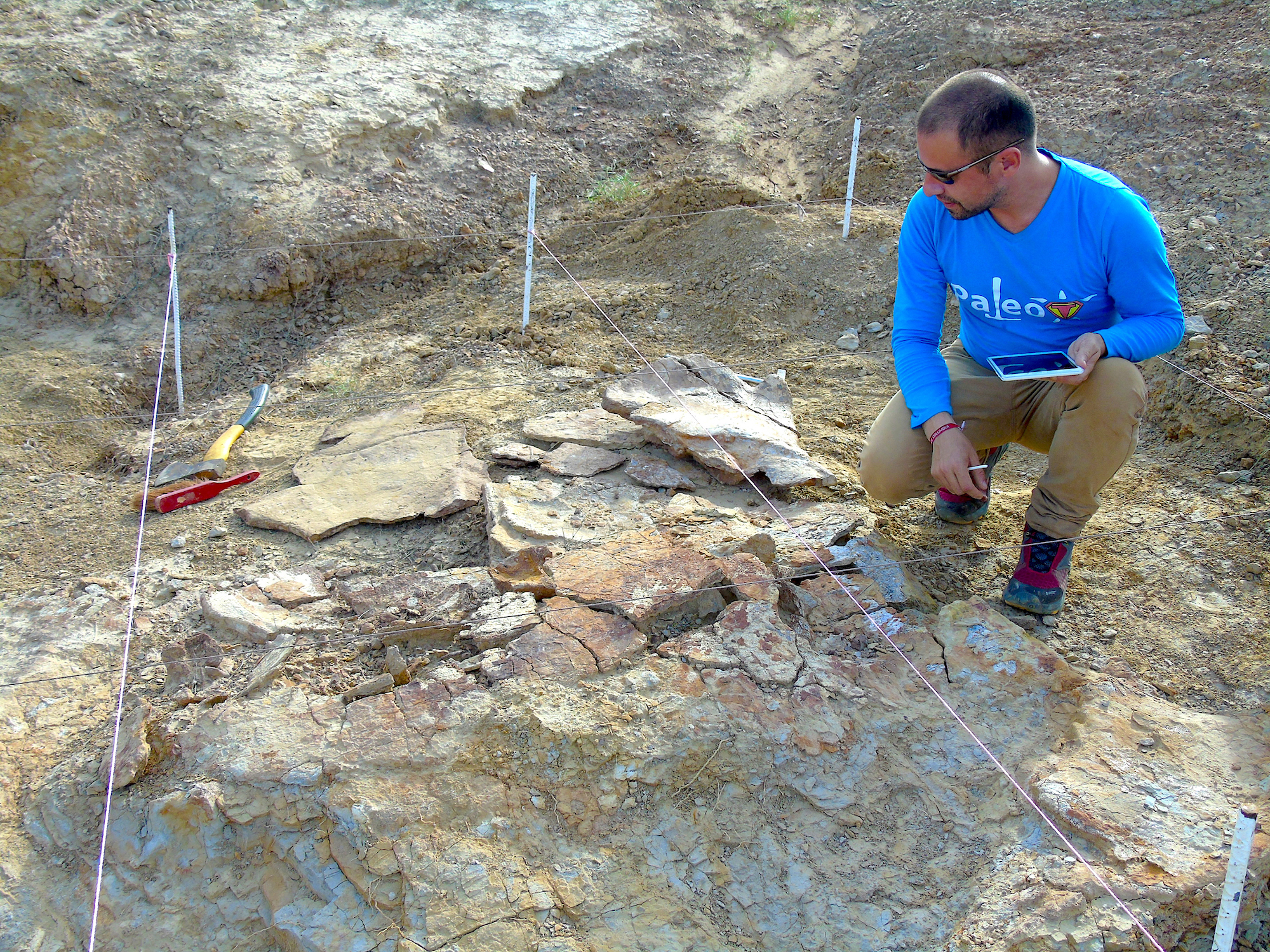
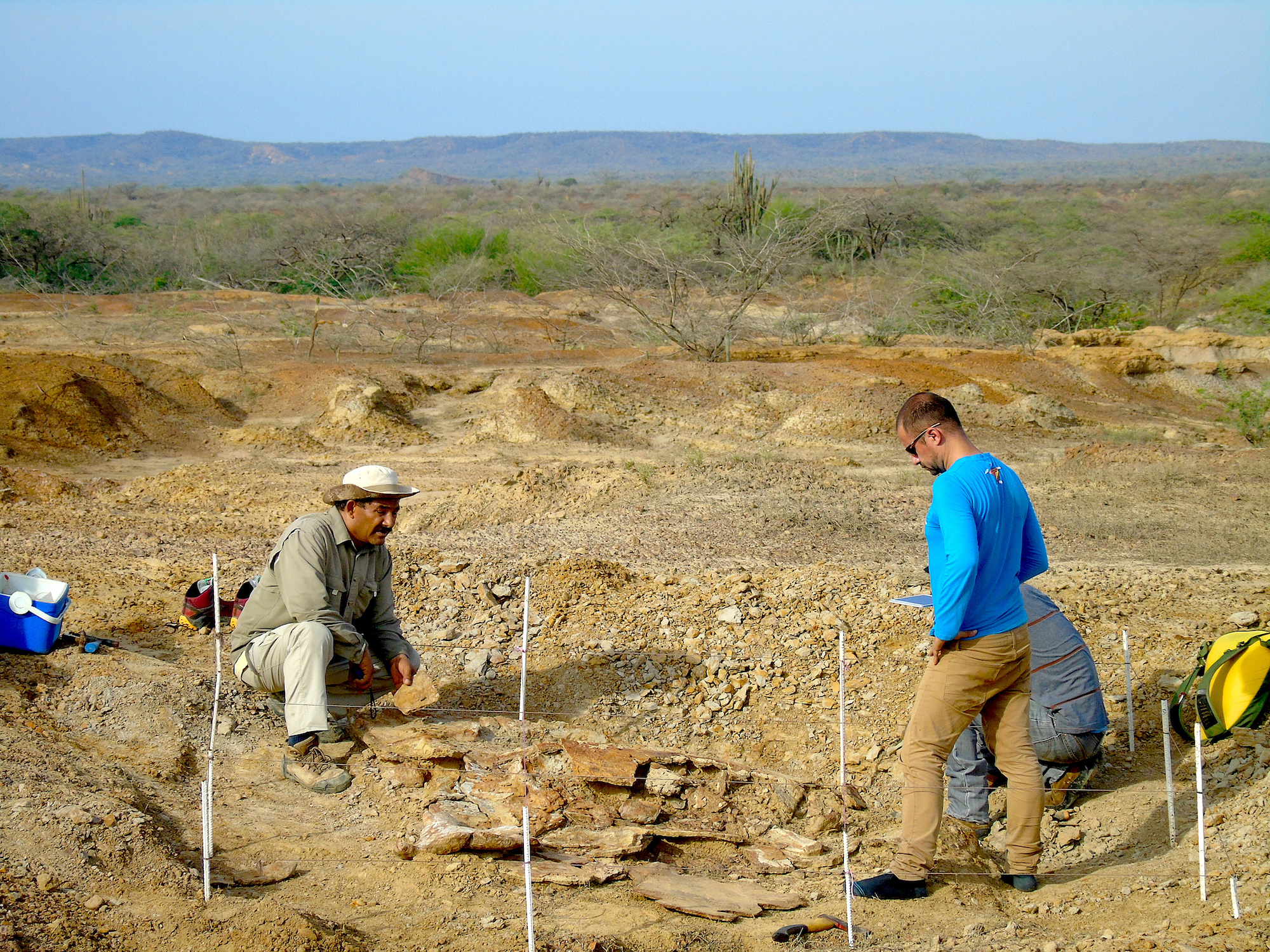
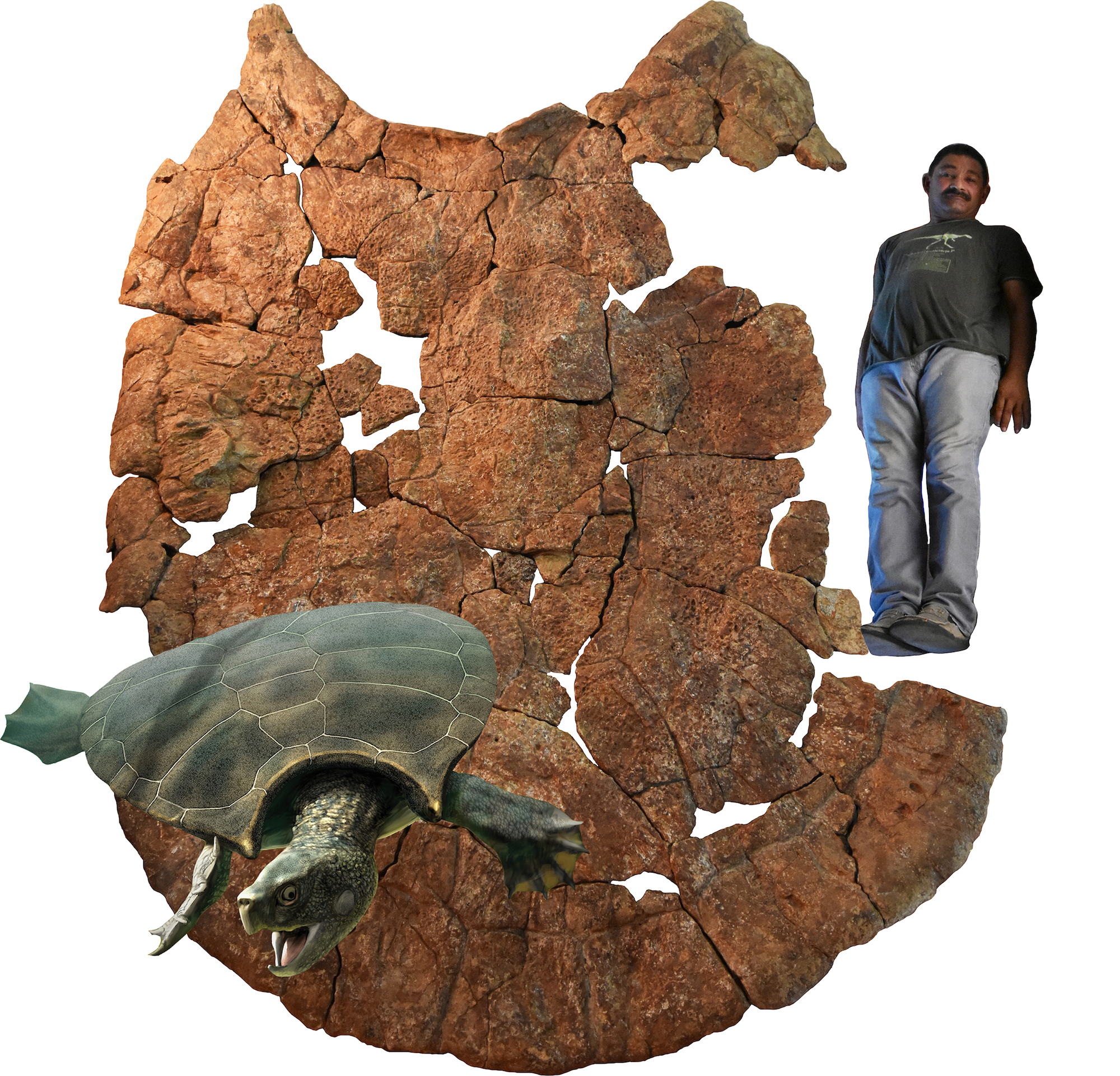
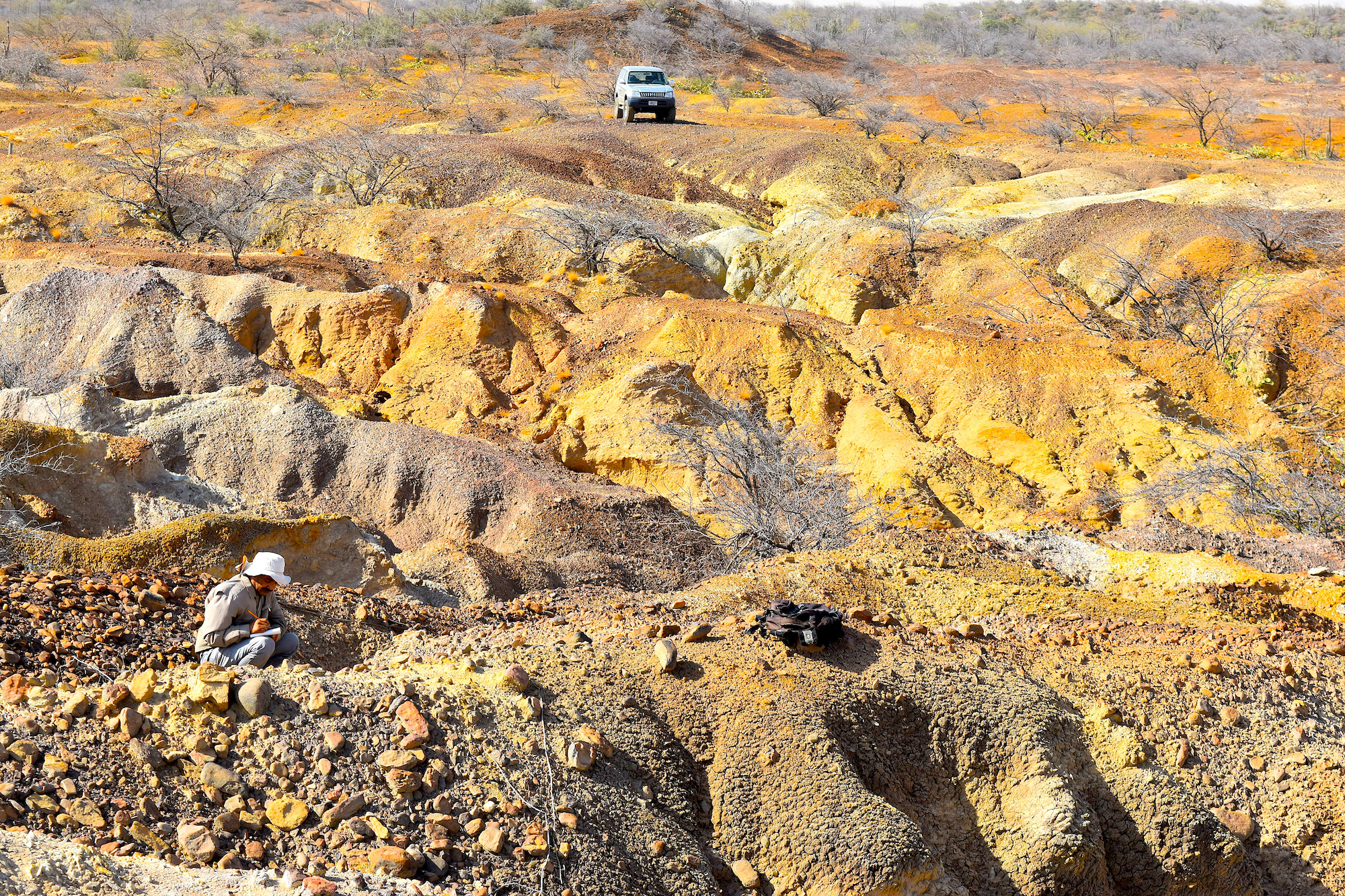
Scientists have known about the colossal S. geographicus since 1976, but the new investigation uncovered even more fossils and secrets about this poorly understood turtle. For instance, large caimans (a type of crocodile) chomped down on S. geographicus shells, and S. geographicus males had horned shells.
Sign up for the Live Science daily newsletter now
Get the world’s most fascinating discoveries delivered straight to your inbox.
Included in the study were shells and the first known lower jaws of these turtles, which came from a 1994 dig in Venezuela's Urumaco region, as well as new finds from the La Tatacoa Desert in Colombia. After examining these fossils, the researchers realized that the male turtles had unique, horn-like weapons at the front of their carapaces, or upper shells.
These horns were likely used as weapons in male-to-male combat, the researchers said. Similar combative behavior is seen today in snapping turtles (Chelydridae), whose males often fight each other to establish dominance in overlapping territories, the researchers said.
An "elongated and deep scar in the left horn" of one of the S. geographicus shells could be a mark from combat between males, the researchers added.
A lone caiman tooth protruded from another shell, suggesting that, though these turtles were large, lurking predators still hunted them, the researchers said.
The study was published online Wednesday (Feb. 12) in the journal Science Advances.
- In photos: Tagging baby sea turtles
- Amazing journey: World-traveling sea turtle goes home
- Image gallery: 25 amazing ancient beasts
Originally published on Live Science.


Laura is the archaeology and Life's Little Mysteries editor at Live Science. She also reports on general science, including paleontology. Her work has appeared in The New York Times, Scholastic, Popular Science and Spectrum, a site on autism research. She has won multiple awards from the Society of Professional Journalists and the Washington Newspaper Publishers Association for her reporting at a weekly newspaper near Seattle. Laura holds a bachelor's degree in English literature and psychology from Washington University in St. Louis and a master's degree in science writing from NYU.









